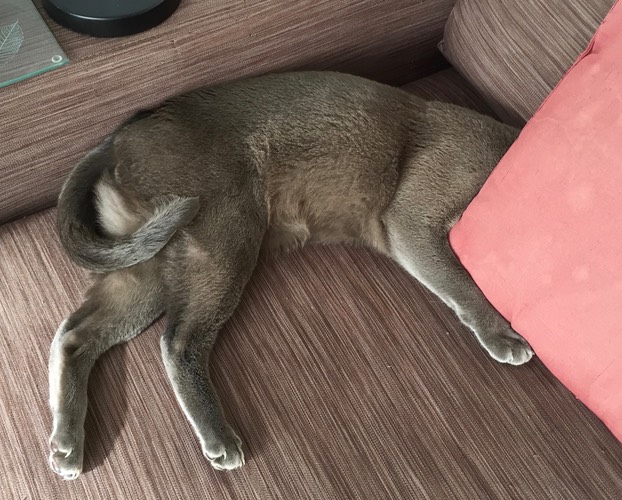An interview in the Guardian this week https://www.theguardian.com/science/2018/aug/17/teens-get-a-bad-rap-the-neuroscientist-championing-moody-adolescents has got me thinking differently about young people and wondering how a more understanding approach might transform how museums engage with this much maligned demographic. I realised that ironically, like many ex-teenagers, I find the tribe exasperating at best and intimidating at worst. I have little patience with or sympathy for what often seems like lazy, capricious or self-destructive behaviour, despite, if I’m honest, having been that boy myself.

Neuroscientist, Sarah-Jayne Blakemore’s research suggests that there may well be a physiological explanation for what you might call ‘Kevin syndrome’ – referencing Harry Enfield’s hilarious (to adults) portrayal of a polite and helpful boy who morphs into a moody monster overnight as he turns 13.
Far from being wilful misbehaviour, Blakemore describes this metamorphosis as “a critical period of neurological change” which she claims explains and to some extent exonerates typical traits such as refusing to go to bed at ‘a reasonable hour’ and the inability to get up in the morning; obsessive self-absorption; inability to resist peer-pressure; reckless risk-taking, and a morbid FOMO (fear of missing out), all exacerbated, of course by the lure and power of social media.
It’s well known that teenagers are a ‘hard to reach’ audience, but maybe it’s us who are playing hard to get. If Blakemore is right, perhaps we should think more creatively about what time of day we run events, what kinds of programmes and facilities we offer young people, how we promote our offer and how we recruit participants. UCL Academy recently became the first British school to shift the start of the day to 10am in recognition that teenagers aren’t fully present until mid-morning. I agree with Blakemore – it’s time we gave teenagers a break.
